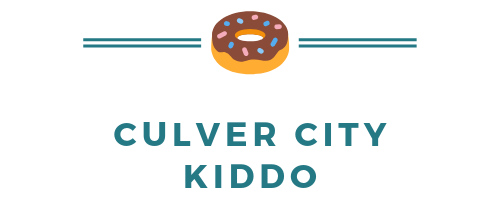How do you choose a picture book? I wonder this as I wander through local bookstores and libraries. What matters? How do you choose the perfect picture book gifts? How do you deliver the right messages to your own family? These are big, important questions. Below are some of the things we think about when choosing books for our own family.
This post includes affiliate links, and I may earn a commission if you choose to make a purchase (thanks!). As always, check your local library first.
I take choosing books pretty seriously. The books we read are a big part of shaping my child’s world view, and that has high stakes.
An ever-updating, unranked list of things to consider when choosing picture books:
- A female or nonbinary identifying main character, author or illustrator (Anna Kim, who wrote Danbi Leads The School Parade, is one of my favorite authors)
- A person of color main character, author or illustrator (A Night Out with Mama by Quvenzhané Wallis is a treat!)
- A Native or Indigenous character, author, illustrator or story (like We Sang You Home)
- Influential people as the subject or the author/illustrator (we love I Promise by LeBron James)
- Independent authors (so many, but check out The Talking Baobab Tree)
- Non-English language
- Gender diversity (Jack, Not Jackie is so good!)
- Neurodiversity: autistism, synesthesia etc (we love The Girl Who Heard Colors)
- STEM themes
- Income diversity (read Tough Like Mum)
- Location diversity: places and experiences far different from my child’s typical experiences (One Plastic Bag: Isatou Ceesay and the Recycling Women of the Gambia is on constant rotation here)
- Cultural exploration: Food, music, hairstyles, tattoos etc. (big fan of Roy Choi)
- Changed perspectives
- Nontraditional family: foster families, LGBTQ+ families, grandparents as parents (we love Papa, Daddy and Riley)
- Nontraditional gender performance: For example, I love in Princess and the Pony when Otto the Terrible, who you think will be a ferocious warrior, turns out to be cuddly.
- Nontraditional decision making: For example, we love in The Gruffalo when the mouse turns around and brings the monster right back through
- Religious experience – Saffron Ice Cream is a great kid-friendly version of this!
- Kindness and helping others (I Walk With Vanessa is such a good one)
- Diverse character illustrations – for example, Bookstagang has a great podcast episode, “Where Are All The Fat People In Picture Books?”
- Interesting, important, and/or overlooked history – there are so many examples of this, but as our kid is leaning in to skateboarding we’re loving There Goes Patti McGee!
- Interesting art styles: as a parent, you decide how to present a wide variety of art styles. For our family we look at mixed media, diverse illustrators, and new-to-us perspectives (such as artwork by Loren Long, who is color blind and illustrated Of Thee I Sing by Barack Obama)
- Experiences we won’t get as a family: for example, what it’s like to have a gluten sniffing dog
- Body changes (like how guinea pigs help understand changes in eyesight in Philomena’s New Glasses!)
- Exploring feelings, like how Betty goes through tantrums in Betty Goes Bananas or how the Grumpy Monkey learns to deal with being grumpy
- Humor
- Important life moments (dog dying, divorce, pandemic etc)
And, importantly, is it readable? This is subjective, I know. But… we read these stories to kids. They should be interesting to kids! Maybe “interesting” means funny or thoughtful or surprising, but it does need to be something the kids want to come back to.
A note on how I identify: I recognize that we all come to this with our own lens. I am a white, able-bodied cisgender female, part of a traditional family with a cisgender husband and son. We are a two income household. We live in Culver City, California which is traditional Chumash, Tonga and Kizh land. I am learning about identity and more, and welcome ideas and conversation.
What do you think? What matters to you as you choose picture books for the littles you love?

